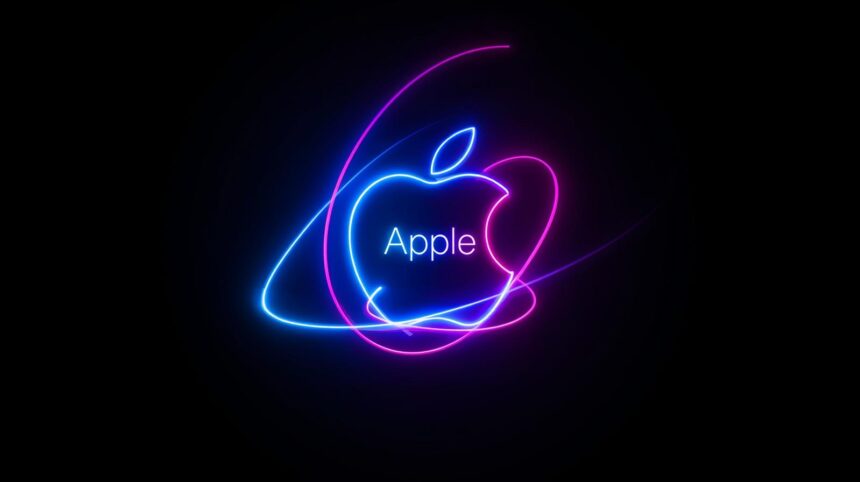Apple (NASDAQ:AAPL) is strengthening its renewable energy efforts in Australia through a new solar project in Lancaster, Victoria. This development is part of Apple’s broader strategy to manage its environmental footprint, specifically addressing the carbon emissions associated with the usage of its products. The company is making substantial investments globally to ensure future projects provide consistent clean energy solutions.
How does this project align with Apple’s renewable energy goals?
The Lancaster solar project is designed to align closely with Apple’s carbon neutrality objectives, with the company seeking a fully clean energy-backed product use by 2030. Since 29% of its carbon emissions stem from product use, Apple has prioritized matching the electricity consumption of its devices with renewable energy. This initiative goes beyond Australian borders, as Apple also intends to replicate similar infrastructure installations globally to achieve its sustainability target.
What is the expected impact of Apple’s Restore Fund investment in New Zealand?
In New Zealand, Apple is investing in carbon removal through its Restore Fund, targeting the restoration of 8,600 hectares of forestland. Collaborating with Climate Asset Management, Apple plans to blend sustainable forestry with conservation of native forest areas. This investment is part of the company’s broader ecological restoration pursuits launched back in 2021, reacting to ecological challenges through nature-based solutions. This effort expands Apple’s environmental strategy, which began with partners like Conservation International and Goldman Sachs (NYSE:GS) and has grown significantly with the latest financial commitment in 2023.
Reflecting upon the history of Apple’s renewable projects, one might recall the 2018 debut of the company’s global facilities running purely on renewable energy. This involved collaborations with suppliers to transition to sustainable energy, a move Apple continues to build upon. Over the years, the tech giant has progressively expanded these projects, continuously supporting international green energy initiatives and environmental partnerships.
Lisa Jackson, Apple’s Vice President of Environment, Policy and Social Initiatives, reiterated Apple’s commitment:
“By 2030, we want our users to know that all the energy it takes to charge their iPhone or power their Mac is matched with clean electricity.”
Apple’s comprehensive strategy involves a multitude of projects, working towards drawing over 1 million megawatt-hours of clean energy annually in Australia alone by 2030.
The new solar initiative in Lancaster is being developed in collaboration with European Energy, with its power generation slated to commence by next year. This project forms part of a series of investments aimed at ensuring clean energy provision equivalence for all Apple products.
Additionally, the expansion of the Restore Fund includes projects like the development of a macadamia orchard in Queensland, highlighting conversions of former agricultural lands into productive, renewable ecosystems. This ongoing global investment underscores Apple’s intention to lead in ecological restoration and carbon neutrality spaces.
As Apple advances towards its carbon neutrality goal by 2030, the company’s strategy incorporates diverse renewable initiatives and ecological projects worldwide. These endeavors highlight a robust commitment to environmental responsibility, promoting significant enhancements across its operational and supply chain spheres. By integrating renewable solutions and eco-friendly investments, Apple demonstrates its focus on sustainable innovation, seeking to balance technology use with environmental stewardship across diverse geographies.










